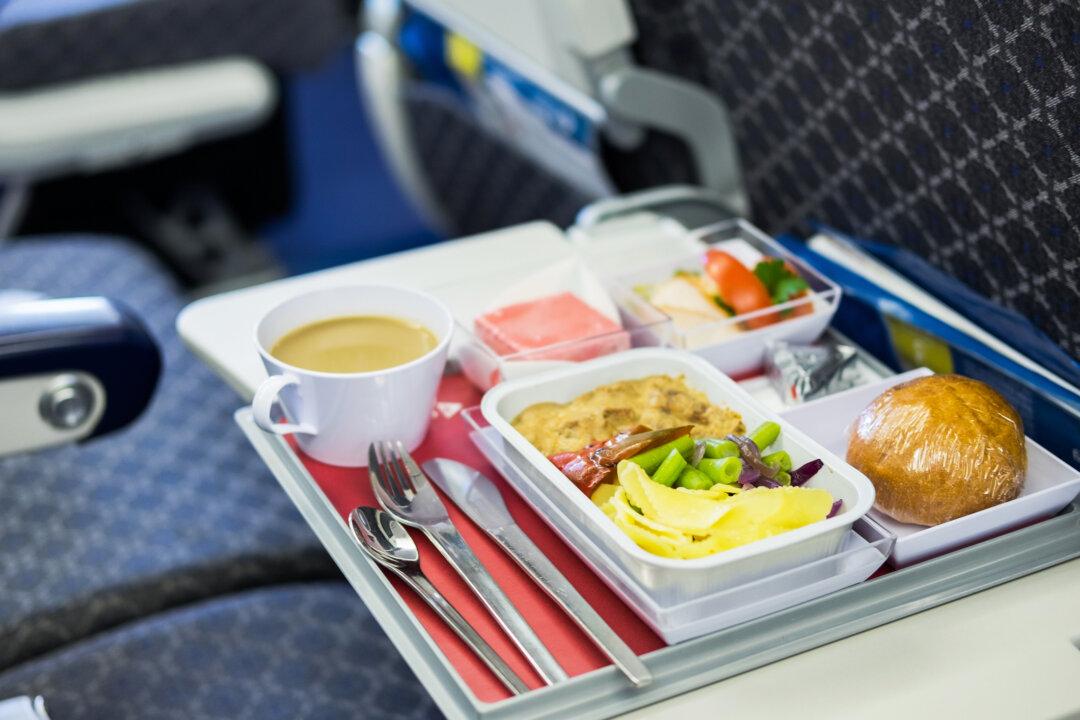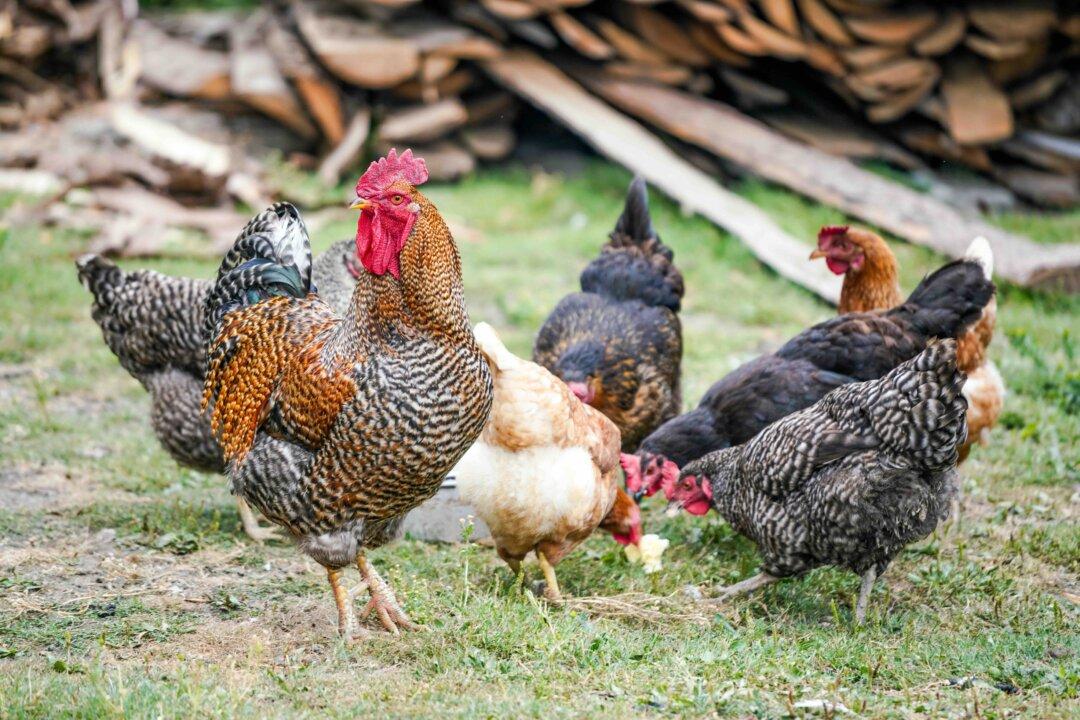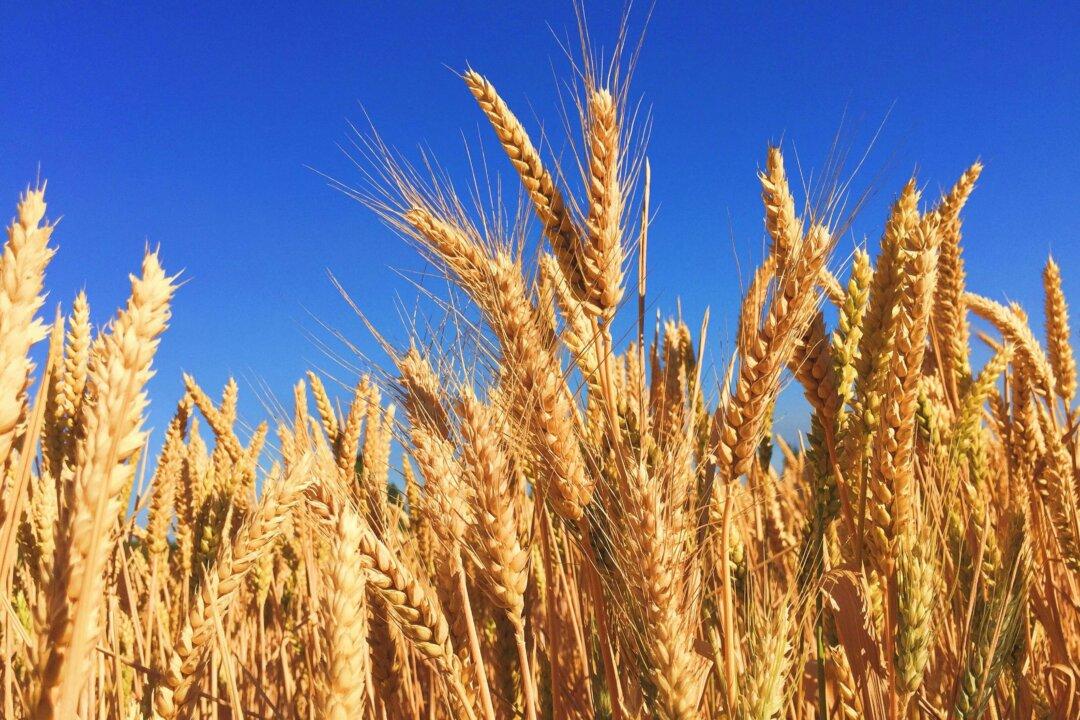The philosophical question of whether it’s the journey or the destination that matters most takes on new meaning within the context of flying—especially when it comes to the food served. This is because the difference in quality and quantity between what you get in an economy or a first-class seat has grown in the past few years, with no signs of changing soon. We asked some experienced travelers for some tips that might make the journey more memorable.
You Get What You Pay For
“The quality of food over time seems to be closely linked to your seating class. Food in economy class seems to be getting worse in terms of quality—when it’s offered—while the food in first class appears to be improving, but this can vary among airlines as well as the route,” Anton Radchenko, frequent flyer and CEO of airline compensation experts AirAdvisor, said.The rule of thumb is that the more you pay for your flight ticket, the better food you can expect. Even if you are flying coach, if the flight is long enough, you can expect a decent meal aboard. If you are flying on a foreign airline, you might even get the first taste of the local cuisine on board, as the food offered often reflects the country where the airline is from or the city where the flight is destined for.





